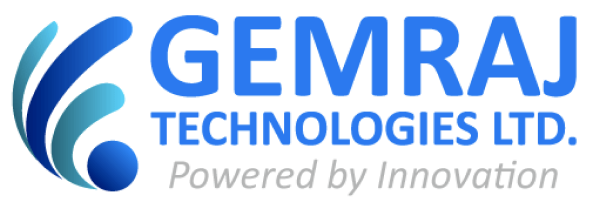Remote working has grown exponentially in recent years, particularly since COVID-19 has disrupted businesses and affected industries. Believed to give employees more flexibility and a better work-life balance, remote working is a major factor for many people when they’re looking for new opportunities. However, it isn’t just employees who benefit from remote working. Businesses can reduce their costs and increase their productivity by using a distributed, as opposed to a centralised, workforce.
To facilitate this type of working arrangement, it’s vital that companies have appropriate security measures in place. Identity and access management, or IDAM, involves creating systems whereby personnel can access the tools, data and software they need to complete essential tasks. Of course, businesses rarely use just one system, which means IDAM needs to be implemented across interconnected, and sometimes distinct, systems and services.
In addition to this, the identity and number of personnel who require access to data or system can change swiftly. In fact, this will change on a daily basis within some companies, which means efficient systems need to be in place to reduce downtime and to ensure people can work efficiently.

Implementing Remote Working with IDAM
Although IDAM is essential in any business setup, it’s particularly relevant when businesses are considering whether or not to implement remote working. When staff are working for different locations, managing security, user access and identity authentication become trickier. Fortunately, there are effective ways to implement secure IDAM systems to facilitate a distributed workforce.
Identity and access management is often split into four separate areas:
- Authentication
- Authorisation
- User management
- Central user repository
Users must be able to authenticate their identity in order to access services or data. This is often done via passwords, one-time session sign-ins or multi-factor authentication processes. Once complete, their access can be authorised. With the right technology, this process is completely automated and authorisation is granted using role-based, rule-based or attribution-based protocols. With authentication and authorisation complete, the user has access to the services or data they need.
Of course, user management is also essential. Once a user is registered, for example, their authorisation levels need to be set using whatever form of automated authorisation the company chooses to utilise. In addition to this, a user’s access may need to be modified, passwords may need to be updated and new systems may need to be added to the framework.
In addition to this, a central user repository is required to provide directory services. This synchronises data across systems and acts as a virtual directory of all users listed within the system. Used to process and store data, it is essentially the hub of a company’s IDAM system.
Introducing Identity and Access Management
Although IDAMM may sound complicated, it doesn’t have to be. In practice, it’s an effective and efficient way to manage remote working while keeping your systems, staff and business secure. However, the efficacy of your IDAM protocols is dependent on you having the right processes and technology in place.
To learn more about implementing IDAM into your business, contact Gemraj Technologies Ltd now on 0800 051 7679.








